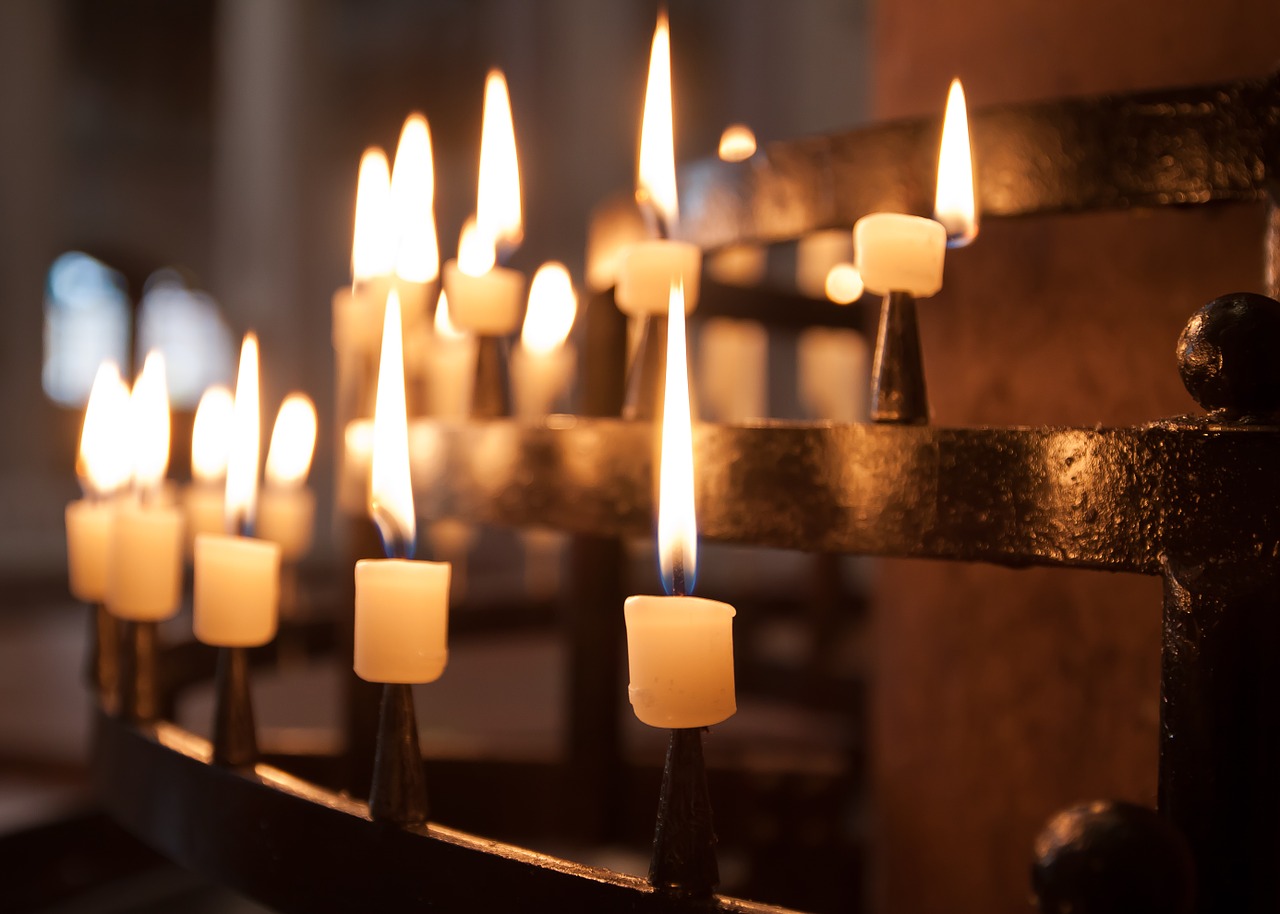Answered by Legionary of Christ Father Edward McNamara, professor of liturgy and dean of theology at the Regina Apostolorum university.
Q: During the recitation of the Liturgy of the Hours it is possible to use Latin as well as the local language? May we introduce the Divine Office in Latin? The Italian text includes Latin versions of the Benedictus, Magnificat and Nunc Dimittis in the appendix. So may they, and other texts such as the hymns and the Te Deum, be said either in Latin or the vernacular? Also, at the beginning of the Office, does one bow toward the altar at all times or only if the candles are lit? — P.P., Naples, Italy
A: With respect to the use of Latin, we can take our guidelines from the General Introduction to the Liturgy of the Hours. In No. 276 we find the overarching principle:
“There is nothing to prevent different parts in one and the same celebration being sung in different languages.”
Therefore, this norm would permit not only the use of Latin but also of other languages than the principal one. This is above all with regard to singing, which is the preferred way to celebrate the Divine Office.
There are some other relevant indications:
“121. The psalms can be recited in various ways taking into account whether they are said in Latin or in the vernacular, and especially whether they are said by an individual or by a group, or recited in a celebration with the people. A way should be chosen to enable those who pray the psalms to appreciate more easily their spiritual and literary flavor. Psalms are not used just to make up a certain quantity of prayer; a consideration of variety and the character of each enters into their choice. […]
“178. With regard to celebrations in the vernacular, Episcopal Conferences may adapt the Latin hymns to the nature of their own language. They may also introduce new compositions, a provided they suit the spirit of the Hour, season or feast; one should constantly beware of permitting those popular songs which are of no artistic value and completely unworthy of the liturgy.”
In light of the above, one could use within a vernacular celebration almost any Latin element, especially if is to be sung. For example, all of the hymns and most of the antiphons have proper Latin melodies which can be used. Latin can be used as well for the Gospel canticles and the Te Deum.
Other languages may be used if especially suitable or pastorally useful. For example, the vernacular editions of the Liturgy of the Hours often have especially appropriate hymns for saints hailing from that country. Thus, for example, a community celebrating the feast of St. Francis or St. Teresa of Avila in English could take the original proper hymns for the celebration from the Italian or Spanish breviaries, which use hymns based upon the saint’s writings. Likewise, an Italian or Spanish celebration could opt to use «St. Patrick’s Breastplate» found in some English editions of the Office.
In short, almost any hymn approved for use in the Divine Office by a bishops’ conference may be used elsewhere.
One of the blessings of the Internet is that the text and melodies are readily available to a capable choir.
In principle this practice could be extended into other parts of the Office if it helped singing, although it is somewhat unlikely to be pastorally effective. Texts such as the psalms readings and canticles are usually in the vernacular, although, as mentioned above, the Gospel canticles may be sung in Latin, especially if widely known. There may be occasional exceptions, such as bilingual communities where people can easily move from one tongue to another.
We should also remember the general liturgical norms that the scriptural texts used in the vernacular should be those approved for liturgical use by the national bishops’ conference.
With respect to bowing toward the altar, this would be customarily done on entering and leaving a chapel whenever the Blessed Sacrament is not reserved in the sanctuary. In the latter case a genuflection would be in order.
In celebrating the Office, candles would usually be lit if a vested minister presides from the sanctuary area itself. In such cases he would bow or genuflect on entering the sanctuary, and venerate the altar with a kiss as at Mass.
If an unvested minister presides from the body of the chapel or a lay person leads the Office, then the lighting of the candles may be omitted. Some communities have the custom of always lighting candles for the celebration of the Divine Office, and there is nothing against the practice.
* * *
Readers may send questions to zenit.liturgy@gmail.com. Please put the word «Liturgy» in the subject field. The text should include your initials, your city and your state, province or country. Father McNamara can only answer a small selection of the great number of questions that arrive.

Pixabay.com - Foto-Rabe
LITURGY Q & A: Latin in the Liturgy of the Hours
Fr. Edward McNamara Says Can Be Added in With Vernacular Languages


